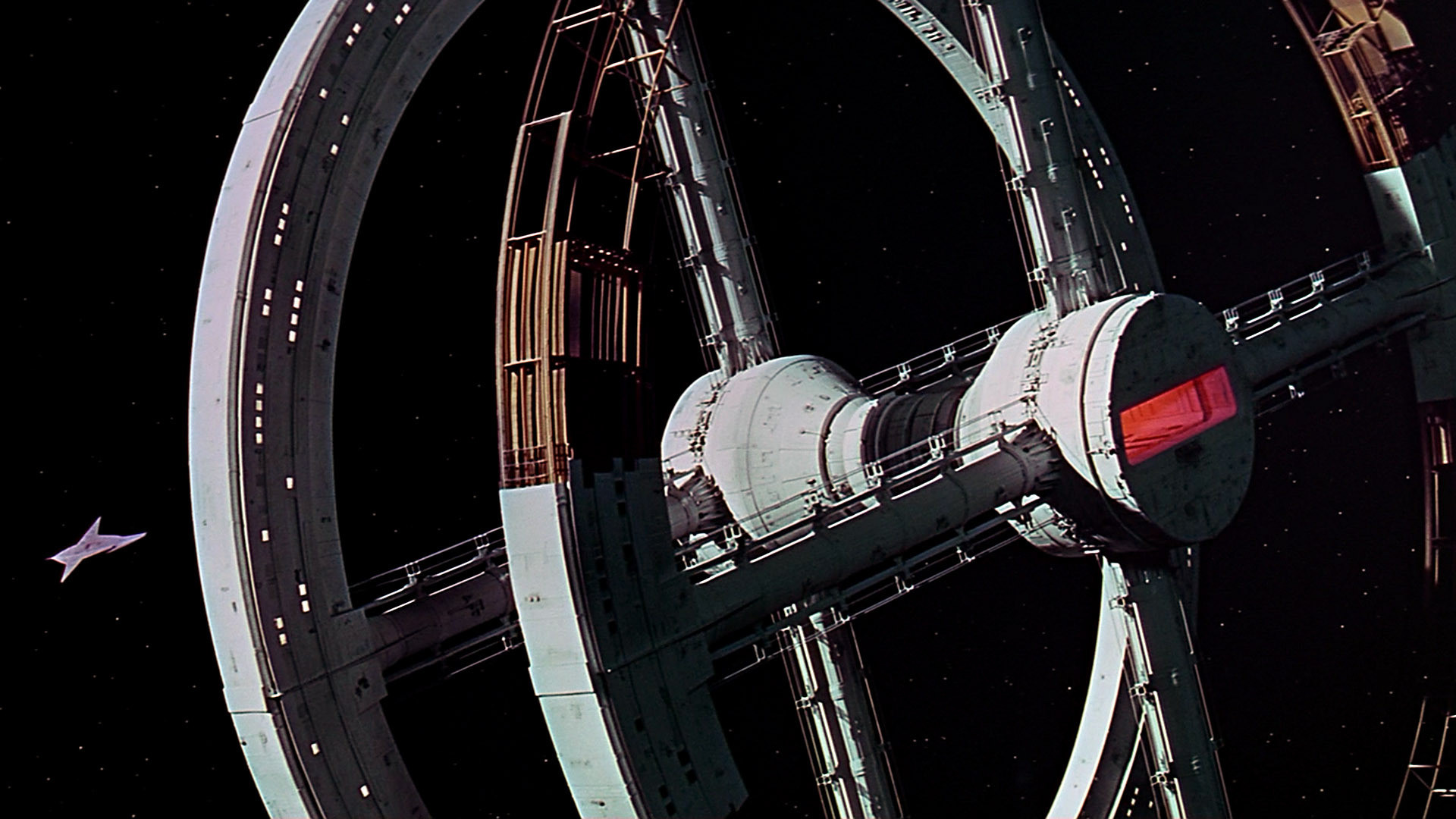Professor
Olivier Gahinet [FR]
Assistants
Alberto Franchini, Nicolas Moucheront

VENEZIA MODERNA
Manfredo Tafuri said that Le Corbusier project for the Venice hospital « completes a completed city »
Indeed, Venice seems « finished » in every sense, as a city which may see its end soon: under the flood caused by the global warming, or because of the mass tourism associated with globalization, which turns the old cities into recreation parks.
A city where public space lives in its stones, Venice is also this city where some want to make people pay to enter piazza San Marco. If our civilization doesn’t change, the city won’t make it. However, the historic cities, Venice, Paris or Rome, are a precious testimony: they keep alive this rare public space attacked everywhere else.
In Marghera, industries helped to develop the economy but also polluted soil and the port transformed the environment of the lagoon. Today, like everywhere else, the buildings are replaced one by one, without any long term organization. Porto Marghera, with all its problems, had a structure and strength in the landscape, and brought activities. Now, it only offers the same desolate landscape we see everywhere
However, Venice oddly remains a model for the XXIth century post-crisis city: it is a place where permanence and parsimony reign, where space is, by force, precious. Here, we will be able to design on a large scale and deal with the territory itself. Venice is THE city, where we cannot add anything: however, it is precisely what we are about to do in the workshop. We, too, will try to complete a completed city.
What do we want people to experiment in Marghera today? To link the two parts of the city, we have to invent a new territory, nor lagoon nor terraferma. It would give at a large scale the same feeling we have in Venice islands, thanks to the fusion between the shore and the sea.
In the first part of the workshop, we will design a built structure to deal with the most important border of Marghera, the border with the lagoon and Venice. Partly on the sea, partly on the ground, it will of-fer urban spaces, open and continuous at the same time, with the help of a grid of « serving spaces » and water. It will become an « urban pontoon » oriented to Venice. Like the space station in 2001, A Space Odyssey, the structure will be built before being “inhabited” by architecture.
During the second part of the workshop, the students will propose and design the dwellings which will fill the structure and make it grow like a three dimensional city.
To continue Venice, we must understand it without copying it; thus, we could learn to give any city a form.
Manfredo Tafuri scrive, a proposito del progetto non realizzato per l’ospedale di Venezia, che Le Corbusier «ha finito una città finita». Venezia è una città compiuta sia da un punto di vista spaziale che temporale: rischia di sparire sotto l’azione congiunta dell’innalzamento dell’acqua, legato al cambiamento climatico, e del turismo di massa, legato alla globalizzazione, che trasforma le città antiche in parchi a tema.
Città per eccellenza dove lo spazio pubblico s’incarna nella pietra, Venezia, è anche la città dove alcuni vogliono privatizzare questo spazio, quando ad esempio, si progetta di far pagare l’accesso a piazza San Marco. Senza cambiamenti profondi della società, la città, testimone magnifica di una civilizzazione del commercio, nel senso più nobile del termine, non resisterà a lungo. Tuttavia, le città museo, che siano Venezia, Roma o Parigi, sono preziose perché conservano traccia di uno spazio pubblico minacciato in molte città.
A Marghera lo sviluppo delle industrie ha inquinato i suoli, il porto ha facilitato gli scambi, ma ha pure sovvertito gli equilibri antichi. In molte città si recuperano le zone industriali pezzo per pezzo, senza una visione a lungo termine. Porto Marghera, per ambizione e scala, aveva una struttura territoriale con una grande forza e portava alla regione delle attività produttive; porta al giorno d’oggi una periferia simile a quella che si trova in molte città.
Paradossalmente, Venezia è un modello di città del 21e secolo, una città post-crisi. Una città della permanenza e della parsimonia, dove lo spazio è, per forza di cose, ristretto. Qui, avremo la possibilità di progettare a grande scala e di confrontarci con il territorio. Venezia è LA città, alla quale sembra non si possa aggiungere nulla. È pur tuttavia, quello che noi proponiamo di fare: continuare la città finita.
Che esperienza si vuole avere di Venezia o di Marghera oggi? Per metterle in relazione, dobbiamo inventare un nuovo territorio che non sia né la laguna, né la terraferma; dobbiamo immaginare un equivalente a grande scala, un equivalente moderno della fusione tra la terra e il mare che si può percepire a Venezia.
Durante la prima settimana progetteremo assieme una struttura suscettibile di modellare il limite più importante di Marghera: quello con la laguna, quindi con Venezia. Questa struttura non sarà senza analogie con alcune megastrutture disegnate in Giappone (Tange), in Italia (Purini e Gregotti) e in Francia (Ciriani). Costruita in parte sulla laguna, in parte sulla terra ferma, offrirà degli spazi urbani continui e aperti, appoggiati su una trama di spazi “serventi” e sulla presenza fondatrice dell’acqua. Così si svilupperà un “molo urbano” orientato su Venezia per ricreare il legame tra questa e Marghera.
Come la stazione spaziale di 2001: Odissea nello spazio, la forma e le qualità urbane di questa struttura saranno messe in opera prima di essere interamente occupate. Nella seconda parte del workshop, gli studenti disegneranno gli alloggi che si innesteranno in questa struttura tridimensionale. Continuare Venezia è guardarla senza imitarla, comprenderla senza copiarla per imparare a dare una forma a tutte le città.
